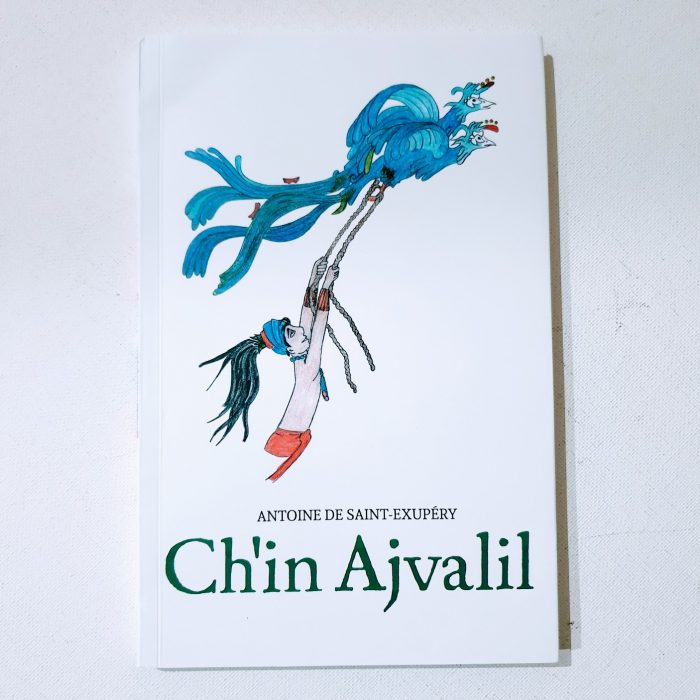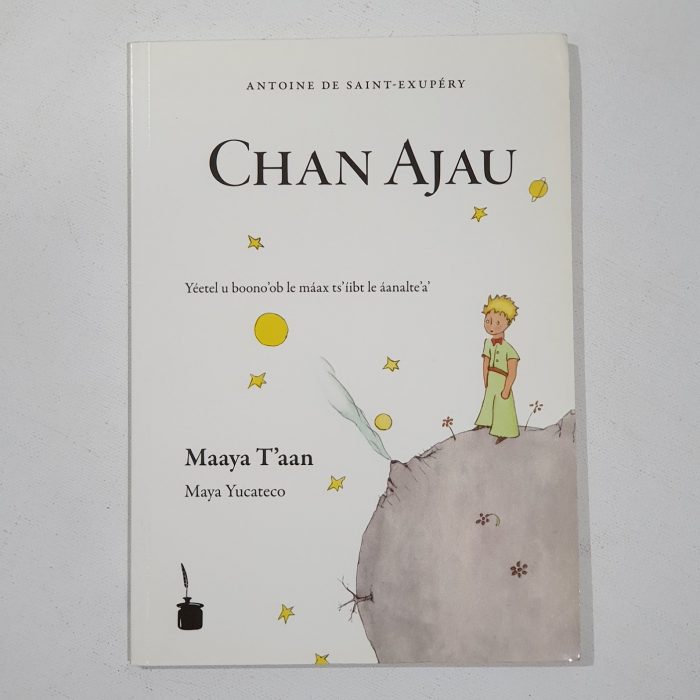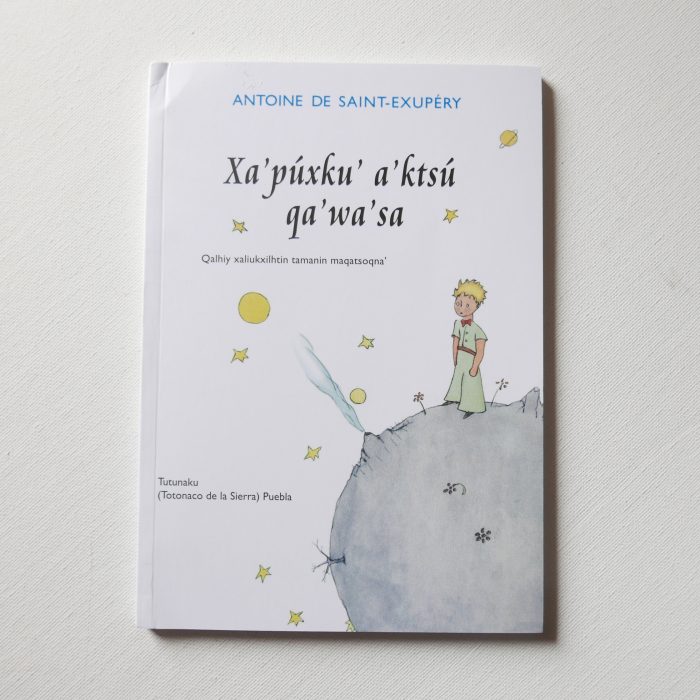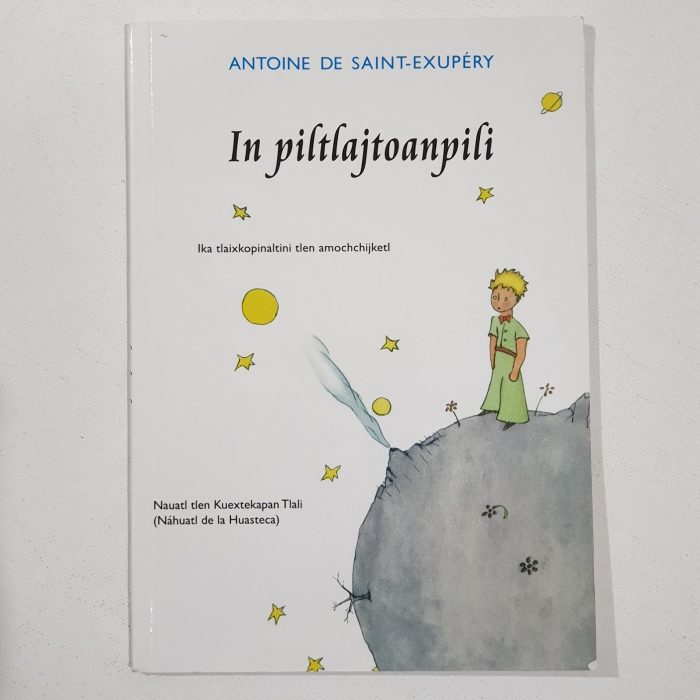
Ch’in Ajvalil — in Tzotzil language spoken by the Tzotzil, an indigenous Maya people of the central Chiapas highlands in southern Mexico. As of 2000, they numbered about 298,000.

Chan Ajau — in Yucatec Maya, or called Màaya t’àan by its speakers. It is a Mayan language spoken in the Yucatán Peninsula and northern Belize. To native speakers, the proper name is Maya and it is known only as Maya. The qualifier Yucatec is a tag linguists use to distinguish it from other Mayan languages (such as K’iche’ and Itza’). In the Mexican states of Yucatán, some parts of Campeche, Tabasco, Chiapas, and Quintana Roo, Maya remains many speakers’ first language today, with 800,000 speakers. There are 6,000 speakers in Belize.

Xa’ púxku’ a’ktsú qa’wa’sa — in Sierra Totonac language. Sierra Totonac is a native American language complex spoken in Puebla and Veracruz, Mexico. One of the Totonacan languages, it is also known as Highland Totonac.

In Piltlajtoanpili — in Nahuatl (known historically as Aztec), which is a language or group of languages of the Uto-Aztecan language family. Varieties of Nahuatl are spoken by about 1.7 million Nahua peoples, most of whom live in central Mexico. Nahuatl has been spoken in central Mexico since at least the seventh century CE. It was the language of the Aztecs, who dominated what is now central Mexico during the Late Postclassic period of Mesoamerican history. During the centuries preceding the Spanish conquest of the Aztec Empire, the Aztecs had expanded to incorporate a large part of central Mexico, and their influence caused the variety of Nahuatl spoken by the residents of Tenochtitlan to become a prestige language in Mesoamerica. At the conquest, with the introduction of the Latin alphabet, Nahuatl also became a literary language, and many chronicles, grammars, works of poetry, administrative documents and codices were written in it during the 16th and 17th centuries. This early literary language based on the Tenochtitlan variety has been labeled Classical Nahuatl, and is among the most studied and best-documented languages of the Americas.

